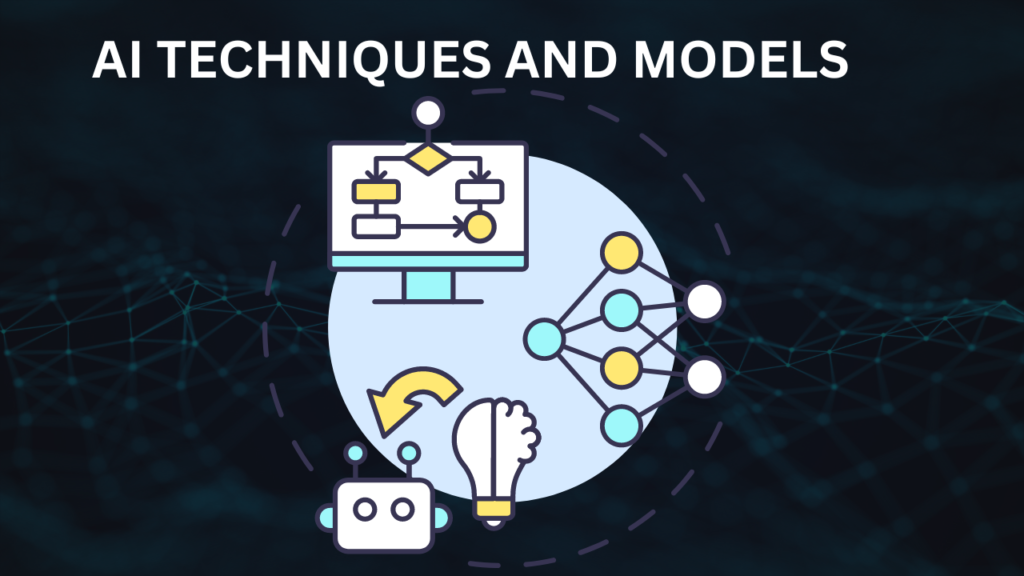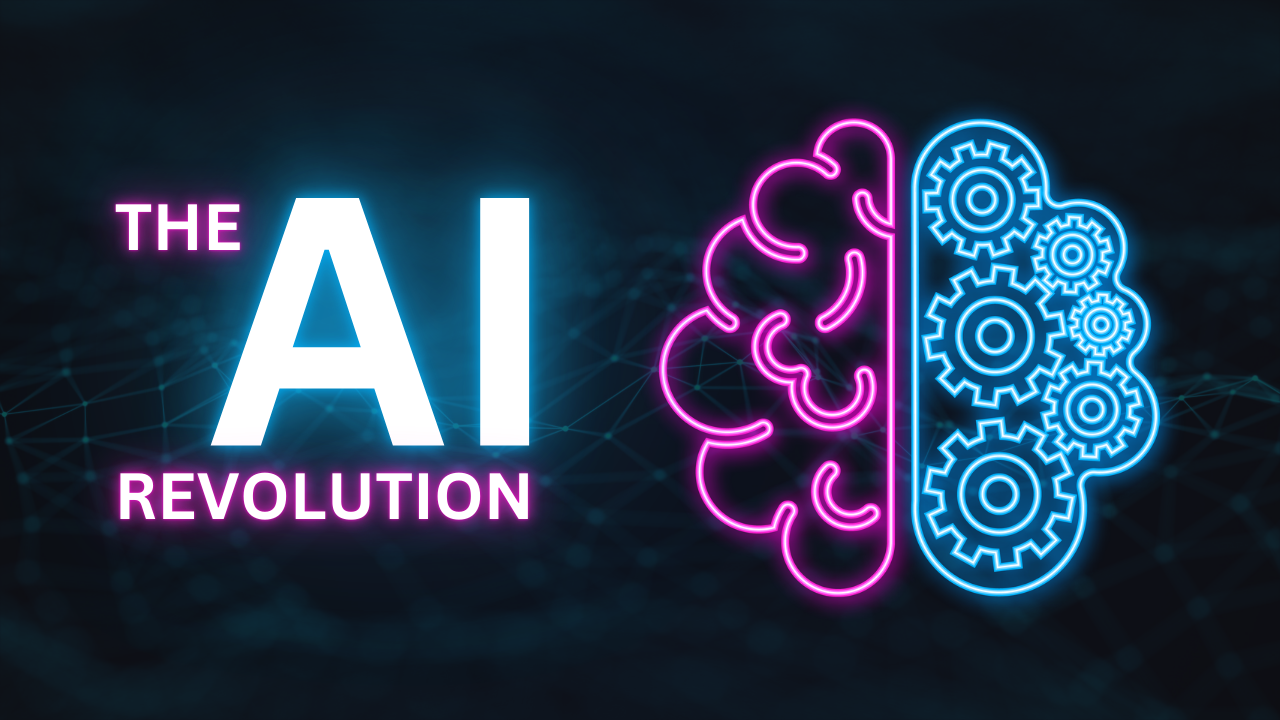Introduction of Artificial Intelligence
The Artificial Intelligence (AI) is the reworking of our world in methods we by no means imagined. From the self-using vehicles to virtual assistants like Siri and Alexa, AI is embedded in our daily lives. However, in the field of AI is full of jargon and acronyms that can be perplexing. Understanding those acronyms is important for all and sundry trying to delve into AI. Let’s smash down a number of the maximum common AI acronyms you’ll stumble upon.
Basic Artificial Intelligence Acronyms
AI: Artificial Intelligence
Artificial Intelligence refers to the simulation of human intelligence in machines which are programmed to suppose and examine like humans. These machines can carry out responsibilities such as spotting speech, making choices, and translating languages.
ML: Machine Learning
Machine Learning is a subset of AI that includes the improvement of algorithms that allow computers to study from and make predictions based totally on facts. It’s like teaching computer systems to research from enjoy, just like humans do.
DL: Deep Learning
Deep Learning is the specialized subset of ML that are used in neural networks with many layers (in the long run “deep”) to research different factors of information. It is in particular effective in responsibilities to inclusive of photo and speech popularity.
Data and Algorithms
NLP: Natural Language Processing
Natural Language Processing is a department of AI that focuses on the interaction between computers and humans via natural language. The intention is to permit computer systems to recognize, interpret, and reply to human language in a precious manner.
CV: Computer Vision
Computer Vision entails the improvement of techniques to help computers see, become aware of, and system images in the identical manner that human vision does. It’s utilized in packages like facial reputation and self-sufficient motors.
NN: Neural Network
A Neural Network is a series of algorithms that try to recognize underlying relationships in a set of statistics thru a procedure that mimics the way the human brain operates. They are the foundation for deep gaining knowledge of models.
AI Techniques and Models

GAN: Generative Adversarial Network
The Generative Adversarial Networks is the category of AI algorithms used in unsupervised mastering. They are encompassing two neural networks competing in opposition to each different to generate is new, in the synthetic times of data that may bypass for actual records.
RNN: Recurrent Neural Network
Recurrent Neural Networks are a type of neural community designed for sequential facts. They are utilized in tasks where context is crucial, which includes language translation and speech recognition.
CNN: Convolutional Neural Network
Convolutional Neural Networks are specialized neural networks that excel at processing facts with a grid-like topology, which includes photographs. They are extensively used in visible reputation tasks.
AI Applications
ASR: Automatic Speech Recognition
Automatic Speech Recognition is the generation that lets in computer systems to apprehend and system human speech. It’s used in digital assistants, transcription services, and greater.
TTS: Text-to-Speech
Text-to-Speech is the synthesis of spoken phrases from the text. It is allowing computers to read text aloud and making it accessible to those with is visual impairments or studying problems.
OCR: Optical Character Recognition
The Optical Character Recognition is the conversion of images is typed, handwritten, or revealed textual content into system-encoded textual content. It is used in digitizing printed files and so that they can be edited and the searched electronically.
AI in Robotics
AGI: Artificial General Intelligence
Artificial General Intelligence refers to a form of AI that has the ability to understand, learn, and apply expertise in a way this is indistinguishable from human intelligence. It’s the ultimate intention of many AI researchers.
AS: Autonomous Systems
Autonomous Systems are structures able to act responsibilities without human intervention. These encompass self-driving cars, drones, and robotic vacuum cleaners.
AI Tools and Frameworks
API: Application Programming Interface
An Application Programming Interface is a hard and fast of protocols and gear for constructing software packages. APIs allow distinctive software systems to communicate with every other.
SDK: Software Development Kit
A Software Development Kit is a group of software program improvement gear in a single installable package. They make it easier for builders to create programs for particular systems.
AI in Big Data
HPC: High-Performance Computing
High-Performance Computing refers to using supercomputers and parallel processing strategies for fixing complex computational problems. It’s crucial in managing the huge datasets utilized in AI.
BD: Big Data
The Big Data involves the collection of processing, and evaluation of big units of statistics which might be too complicated for the traditional statistics-processing software program. The AI strategies are often the applied to extract insights from huge records.
Ethics and Regulations in AI
AI Ethics
AI Ethics consists of the moral implications and responsibilities of making AI structures. It consists of making sure equity, transparency, and responsibility in AI technology.
GDPR: General Data Protection Regulation
The General Data Protection Regulation is the criminal framework that devices recommendations for the gathering and the processing of private statistics within the European Union. It has the big implications for AI, in particular within the managing of private statistics.
Future Trends in AI
AIoT: Artificial Intelligence of Things
Artificial Intelligence of Things refers to the combination of AI with the Internet of Things (IoT). This lets in clever devices to make self-reliant choices and predictions based totally on facts they accumulate.
AutoML: Automated Machine Learning
Automated Machine Learning is the system of automating the end-to-cease system of making use of device gaining knowledge of two actual-global problems. This includes model selection, hyperparameter tuning, and feature engineering.
Conclusion
Artificial Intelligence is an awesome and complex subject, brimming with acronyms which can seem daunting at the start. However, to the expertise those acronyms is a very awesome step inside the course of grasping or basics of AI. As the generation advances, of the panorama of AI will hold to the conform, it is bringing a brand-new terms and mind into the combination. They Are staying informed and informed is more immoderate to navigating of this interesting vicinity.

[…] If more industries adopt the AI technologies. Alaya AI will be able to diversify products and services they offer and enter new niches. Firstly, the company’s positioning on innovation and the ability to deliver relevant solutions to customers place it in a good standpoint to benefit from the increasing market of AI. […]